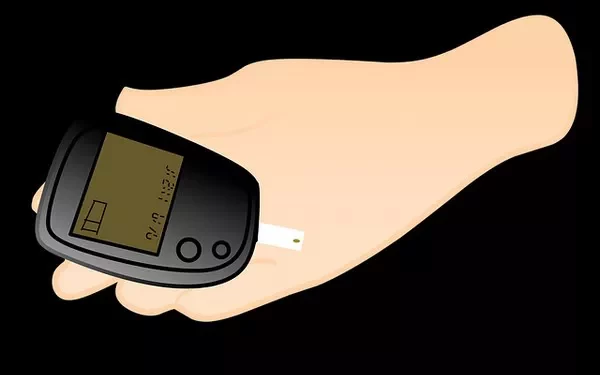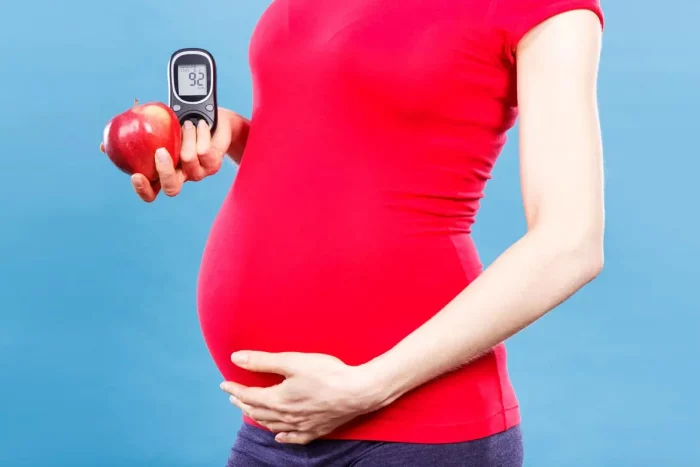In a groundbreaking achievement, a woman from Tianjin, China, has become the first patient to have her type 1 diabetes successfully reversed through an innovative stem cell procedure. This pioneering treatment marks a significant milestone in diabetes research, with the patient now able to enjoy foods she previously had to avoid, stating, “I can eat sugar now.”
Type 1 diabetes is an autoimmune disorder characterized by the destruction of insulin-producing cells in the pancreas, compelling patients to depend on external insulin and immunosuppressants for glucose management. Unlike type 2 diabetes, often associated with lifestyle choices, type 1 diabetes presents a distinct challenge due to the immune system’s assault on insulin production.
Traditionally, the closest alternative to a cure has been islet-cell transplantation, which faces limitations due to a shortage of donor cells. However, this recent procedure utilized the patient’s own reprogrammed stem cells, which were transformed into insulin-producing islet cells. This innovative approach involved injecting the stem cells into the abdominal muscles, a new implantation site that allows for real-time monitoring via MRI technology.
Stem cells are remarkable cells that possess the ability to renew themselves and differentiate into various specialized cell types, offering potential for tissue repair. Within two and a half months post-procedure, the patient began producing sufficient insulin independently, maintaining this production for over a year without the need for external insulin.
The stem cell treatment involved harvesting healthy stem cells from sources such as bone marrow, blood, or cord blood, followed by transplantation into the patient after preparatory chemotherapy or radiation to replace damaged cells. The successful outcomes observed in this trial have sparked interest among experts in the field.
Notably, the first successful trial of a similar nature was conducted on a 59-year-old man who began producing insulin within three months and achieved near-normal blood sugar levels within four months of treatment. Dr. James Shapiro, a transplant surgeon at the University of Alberta, described the results as “stunning,” affirming the complete reversal of the patient’s diabetes.
Diabetes specialist Daisuke Yabe from Kyoto University hailed the study’s implications, stating, “If this can be applied to other patients, it will be revolutionary.”
Despite the promising results, researchers remain cautious. Given that the patient was already on immunosuppressants due to a prior liver transplant, questions linger about whether the new islet cells will be vulnerable to the autoimmune response that initially caused her diabetes.
The research team, led by Dr. Deng Hongku from Peking University, plans to expand the clinical trial later this year, aiming to enroll up to 20 participants. As the patient approaches the critical two-year mark post-treatment in November, stability in her condition could signal a significant advancement in the treatment of type 1 diabetes.
Related topics:
Intensive Diabetes Treatment Shown to Alleviate Gum Disease
New Rice Variety May Help Combat Rising Diabetes Rates, Say Filipino Scientists



























